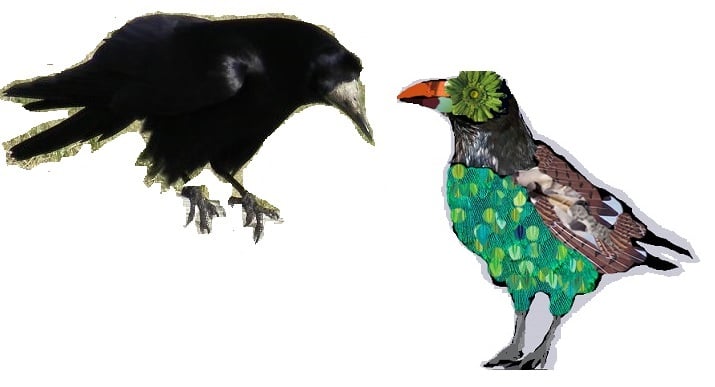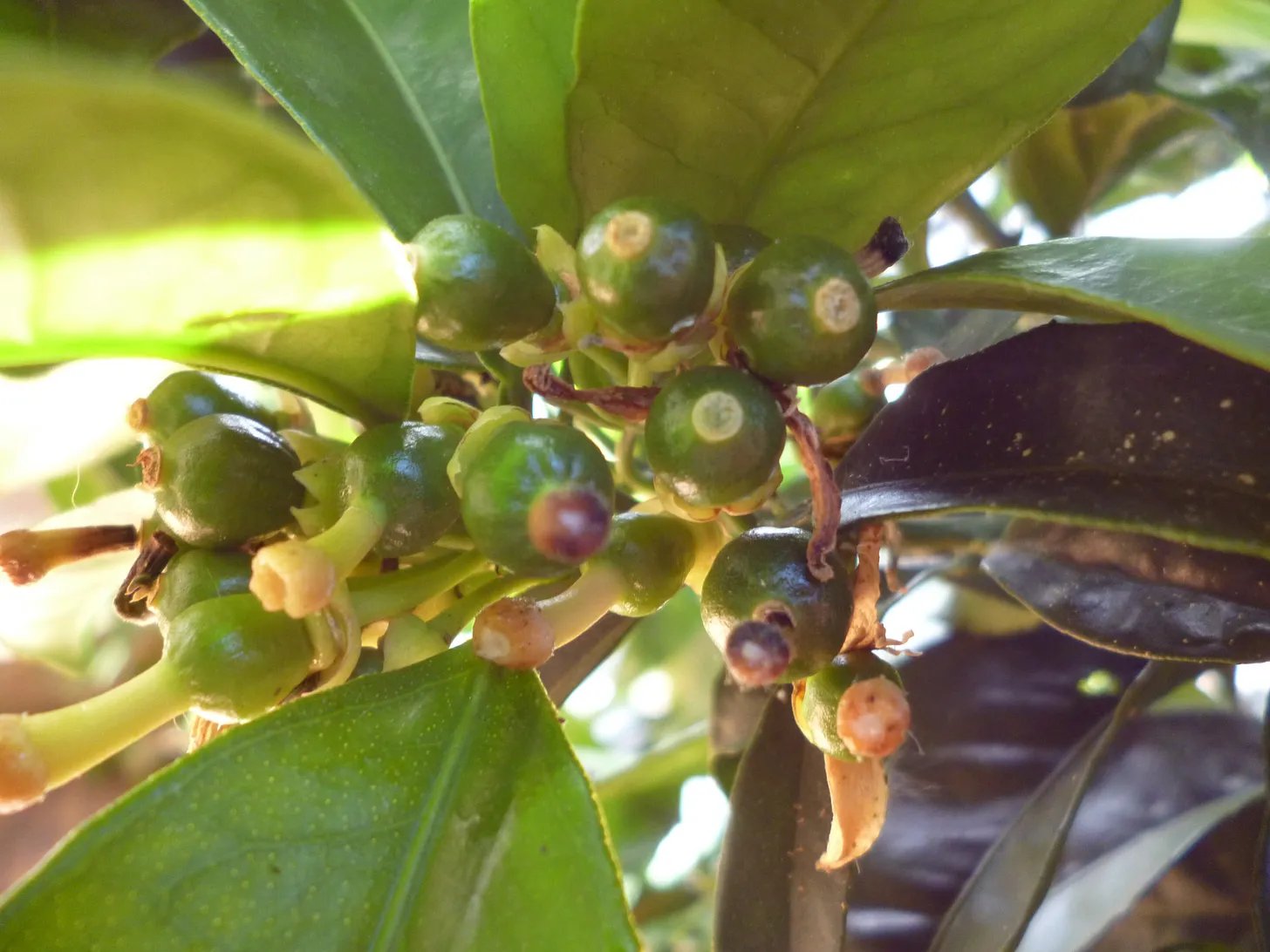Penal Taxonomy
If we didn’t have the photographs people would never believe it. When I was young you could easily tell an orange tree from a grain or a Venus flytrap by looking at it. There was no need to rely on professional taxonomists to see what most anyone could see for themselves. I have a friend a few decades my junior (everyone should) who buys into the recent theory that the entire photo record has been doctored and taste taxonomy is actually an ancient and established tradition. I told her on one single occasion that I had pretty vivid memories from well into my 20s of separable plant species and then I let it go. People will believe what they want to believe up until there’s no way to avoid changing their minds, although some will keep on going along their original path with ever more fervor.
Not long before I was born, a plant breeder was charged with a monumental project: to arrest the progress of a devastating fungal disease that was being transmitted rapidly through people’s lawns (no one knows what those are anymore) and killing corn, fruit trees, wheat, nearly everything worth eating. Her team was given tremendous resources and the usual considerations were waived because it was a true emergency, a major crisis that nearly no one now living even knows about because the ensuing change was so unexpected, so much more jarring than the original dilemma. Their work was, frankly, ingenious, if also too sweeping by half.
The group designed a gene drive that was supposed to turn on a part of the plant innate immune response that would have allowed any infected individual to fend off the fungus successfully instead of withering into musty dust within hours. The trials tested really well in the lab and then in the field. The head investigator was thrilled, everything was working much better and much sooner than expected. The only obstacle was to get the drives out into the world as quickly as possible.
The postdocs were all charged with calculating how long each option would take. One had to consider crop dusters, another one was looking at sprayer trucks with industrial booms, and others talked to the ag engineers about irrigation systems, about gene guns, bacterial pili. They got together late at night over drinks and panicked because even the combination of all their methods wasn’t going to work fast enough to make a dent in the fungus as it relentlessly took out more acreage each day than an entire potato famine.
At last, a junior researcher, a guy who was pretty strange and normally stuck to his own corner, proposed seeding clouds with the gene drives. It initially sounded like nonsense, but the more they looked into it the more it seemed like the only option. The PI met up with a meteorologist she had met once in college, and they worked out an initial trial for the ag station just off campus. They worked out a quick and dirty way to suspend the gene drive in bacterial culture with potassium iodide and used a drone to drop it over a cloud that was near bursting. Nobody in the group really expected it to work, especially the junior researcher who thought of it initially, and he and nearly everyone else lost their contribution to a betting pool organized by a grad student when it worked right away. More clouds were seeded throughout the country, which was enough. The fatal disease was halted.
What no one had foreseen was that once it was in the field, the gene drive was methylated in a way that hadn’t shown up in the software model, first leading to the masking of certain visual characteristics and eventually leading every plant to exhibit the same phenotype. The genotypes still remained just as diverse as they always had been, but plant life on earth was suddenly made to all appear the same. It didn’t make sense, based on what everyone had thought about gene expression and function, but it happened just the same.
People still had to figure out what was good to eat somehow. Over a couple decades, the new but now quite prestigious profession of taste taxonomy developed. These taxonomists had to develop the ability to distinguish the edible from the poisonous without any visual cues, and presumably without poisoning themselves. They were sommeliers and geneticists.
The first and now revered taxonomist was Peter, and this is how he started out.

